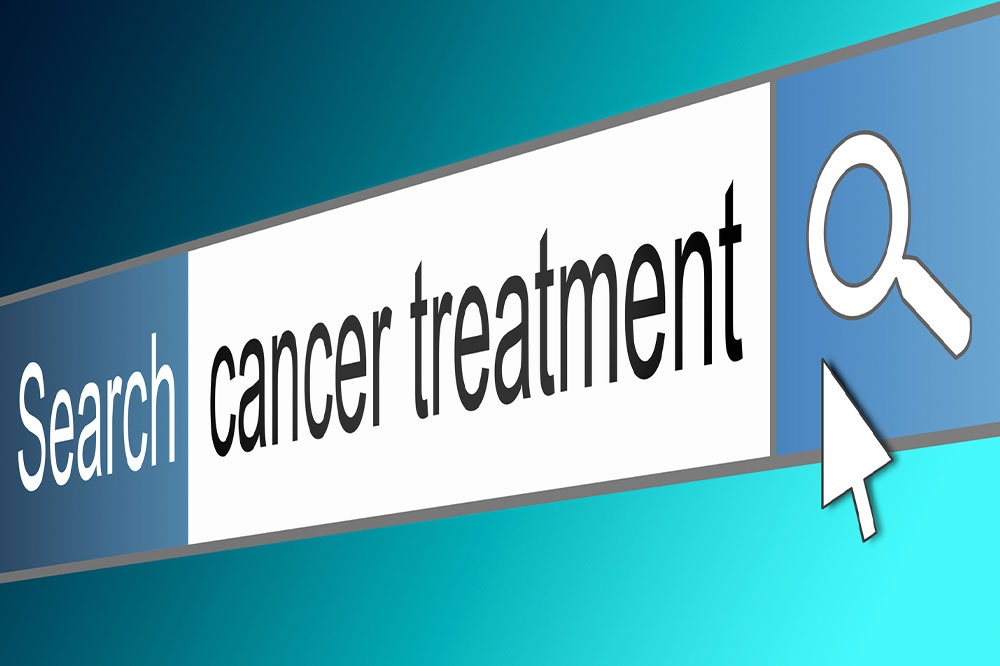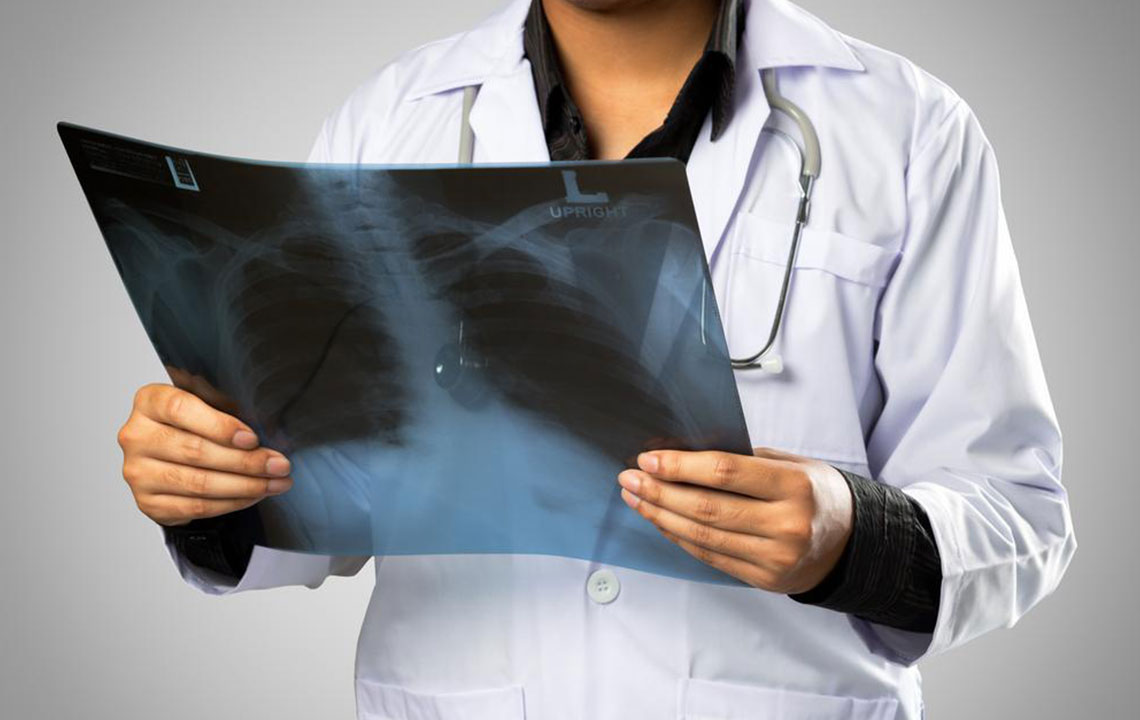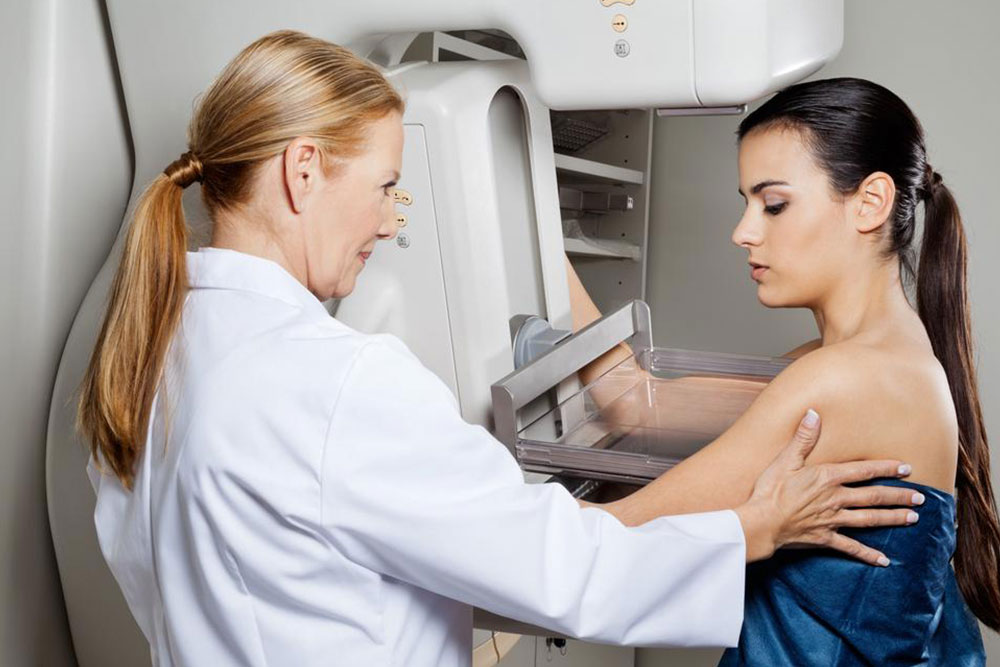Understanding Cancer: Symptoms, Detection, and Treatment Methods
This article explains key cancer symptoms, stages, and treatment options. Recognizing early signs can lead to timely diagnosis and better outcomes. It covers symptoms like pain, lumps, bleeding, and systemic signs, while outlining common treatments such as surgery, chemotherapy, radiation, and immunotherapy. Understanding the progression from early to advanced stages helps patients seek prompt medical care. The article emphasizes the importance of early detection and regular checkups to improve prognosis and quality of life for those affected by cancer.

Cancer is a condition caused by abnormal and uncontrolled cell growth which can affect any part of the body. These abnormal cells multiply rapidly, potentially damaging healthy tissues and spreading to other organs if not detected early. Thanks to advancements in medicine, numerous treatments are available to manage and combat cancer effectively. Recognizing early warning signs can lead to timely diagnosis and improved recovery rates. Understanding common symptoms and treatment options is essential for early intervention and better health outcomes.
Key Symptoms to Watch For
Cancer symptoms vary depending on affected areas. Early signs may prompt individuals to seek medical attention sooner. The five primary symptoms include:
Difficulty swallowing or decreased appetite due to pain or nausea
Persistent unexplained pain in various body parts
Visible lumps or swelling under the skin
Unexplained bleeding, bruising, or sores
Fever, night sweats, or unusual body temperature rises
While these symptoms can have different underlying causes, persistent concerns should always be evaluated by a healthcare provider. Symptoms tend to worsen with advancing stages of cancer, which range from Stage 1 to Stage 4. The latter indicates metastatic spread affecting vital organs. Symptoms at Stage 4 differ depending on the organs involved, such as:
Lungs: Shortness of breath, frequent coughing, chest pain, and blood in coughs.
Liver: Severe abdominal pain, jaundice, swelling, and fluid buildup.
Bones: Intense bone pain, instability, fractures, and urinary issues.
Brain: Headaches, dizziness, vision or speech problems, seizures, and confusion.
Common signs of advanced cancer include extreme fatigue and difficulty performing daily activities. Treatment approaches depend on the cancer type, stage, patient health, and preferences. Typical options include:
Surgery: Removing tumors surgically to eradicate cancer cells.
Chemotherapy: Using drugs to destroy rapidly dividing cancer cells.
Radiation Therapy: Applying high-energy beams like X-rays or protons to target abnormal cells, either externally or internally.
Bone Marrow Transplant: Replacing diseased marrow with healthy stem cells to improve treatment effectiveness.
Immunotherapy: Boosting the immune system to recognize and attack cancer cells.
Cryoablation: Freezing cancer cells with a special probe to destroy tumors, repeated in sessions as needed.
Additional treatments, including clinical trials, may be recommended to enhance quality of life and control disease progression. Early detection via screening and recognizing initial symptoms significantly improves treatment success. Consulting healthcare professionals promptly upon noticing warning signs is vital for effective management.Disclaimer: Our blog provides educational information across various health topics. While based on reputable research, the content should not replace professional medical advice. Users are encouraged to consult healthcare professionals for personalized diagnosis and treatment options. The website is not responsible for any discrepancies or unlisted therapies or offers.










